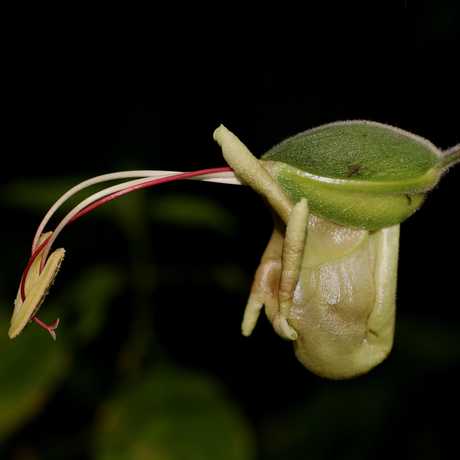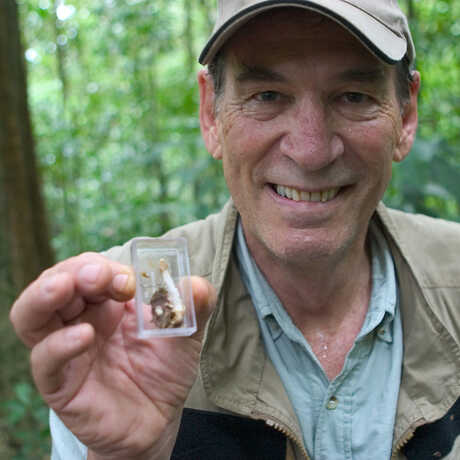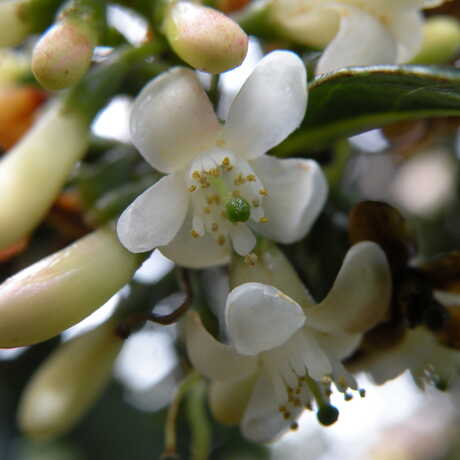For the past 30 years the major emphasis of my research has been the study of New World Acanthaceae (shrimp plants and their relatives). Although known in temperate regions primarily for showy ornamentals, the Acanthaceae are the 11th largest family of flowering plants (with more than 4,000 species) and a prominent element of many tropical regions. Mexico and Central America comprise a major center of diversity for this family.
My studies center largely on the nearly 400 naturalized species occurring in Mexico. In assessing their systematic relationships, I draw heavily on evidence from comparative morphology, chromosome numbers, and pollination ecology. These pollination and chromosomes studies represent the first studies of this nature for Mexican shrimp plants. The pollination studies include documenting pollinators in the field, collecting floral nectars and analyzing them for sugar composition, and experimental pollination studies of plants grown in a greenhouse. These studies have been useful for discerning morphological dichotomies within genera that are correlated with different pollination syndromes.
The immediate goal of my current research is to provide the initial taxonomic and biologic account of all Mexican Acanthaceae. This account, and ancillary generic treatments (those published so far comprise Aphanosperma, Aphelandra, Bravaisia, Carlowrightia, Holographis, Henrya, Lophostachys, Mendoncia, Mexacanthus, Mirandea, Odontonema, Poikilacanthus, Spathacanthus, Stenandrium, Stenostephanus, and Tetramerium), will ultimately assist efforts to 1) decipher evolutionary relationships in a large and little-studied family of tropical flowering plants, 2) establish a baseline record of information on variation and distribution of Mexican Acanthaceae, and 3) identify rare and threatened species in the rich but rapidly disappearing Mexican flora.
My other research interests involve floristic studies in western North America. Current projects include a revised flora of San Francisco and floristic catalogs of certain mountain ranges in Arizona and the Mexican state of Sinaloa.




